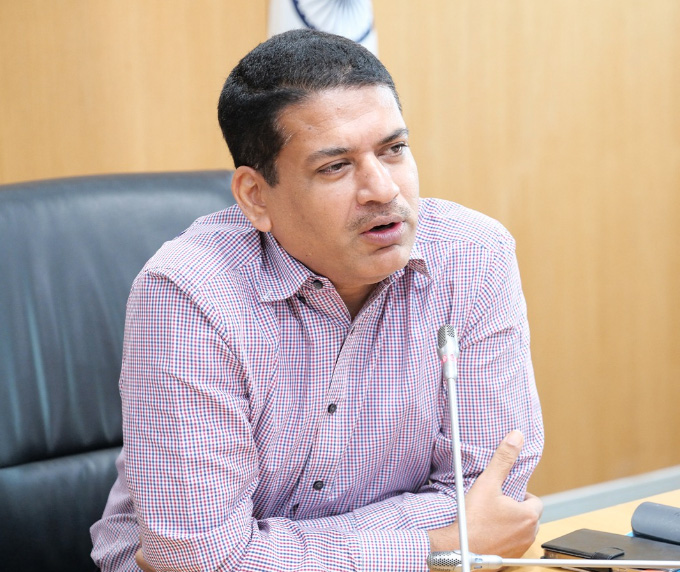New Delhi: In a significant move to advance agricultural photovoltaics (AgriPV) in India, Secretary Ministry of New and Renewable Energy (MNRE), Santosh Sarangi convened a high-level meeting with key stakeholders, including NITI Aayog, ICAR, NISE, TERI, and the National Solar Energy Federation of India (NSEFI).
The meeting focused on the promising results of 46 pilot projects and established a roadmap for the technology’s widespread implementation across the country.
The meeting highlighted that 46 AgriPV pilot projects across India have yielded positive outcomes, demonstrating the viability of co-locating solar energy generation and crop cultivation. This dual-use model has shown potential to increase both energy production and agricultural productivity. Key initiatives discussed include:
Crop Suitability: The Indian Agricultural Research Institute (IARI) is developing a crop matrix to identify which crops are best suited for cultivation under solar panels, a crucial step for maximizing yields.
Technical and Commercial Models: The National Institute of Solar Energy (NISE) is working on creating technical and commercial models to facilitate the deployment of AgriPV systems. These models will provide a framework for developers and farmers, ensuring the projects are both economically viable and sustainable.
Centre of Excellence: A new Centre of Excellence on AgriPV is being established at IARI with support from the German development agency GIZ. This center will serve as a hub for research, development, and capacity building, helping to further optimize AgriPV technology for India’s diverse agro-climatic conditions.
Shri Sarangi wanted to ensure a standardized and effective approach, a comprehensive guidance framework for states is currently in development.
This framework will provide a clear set of guidelines for policy, regulations, and implementation strategies, paving the way for the scaled-up adoption of AgriPV technology.
MNRE Secretary is taking a collaborative effort among government bodies, research institutions, and industry organizations aims to address challenges and create an enabling environment for farmers to benefit from this innovative solution.


